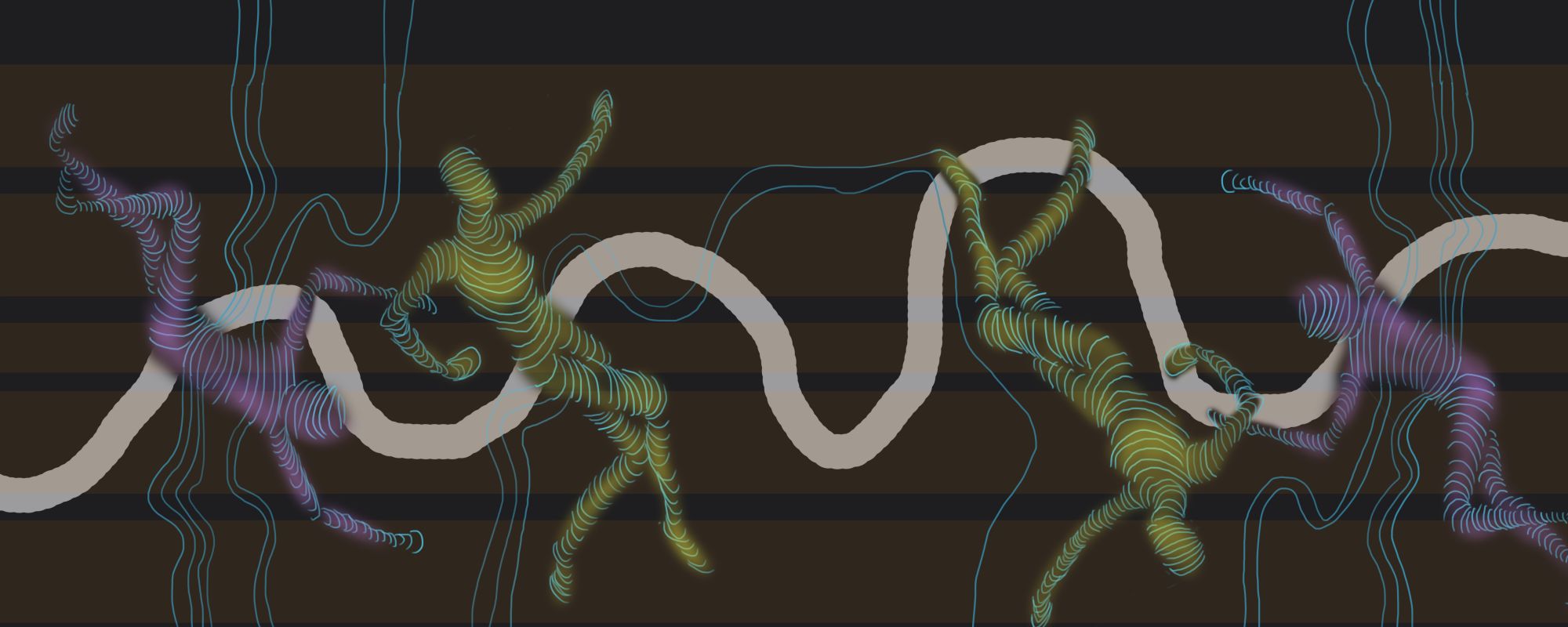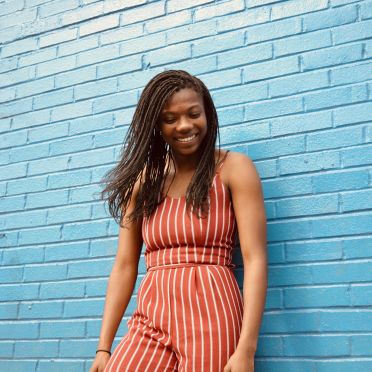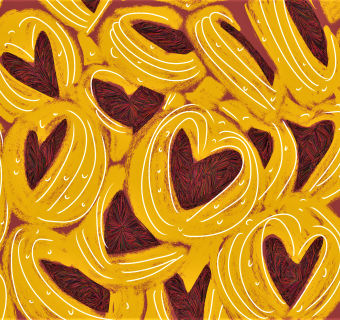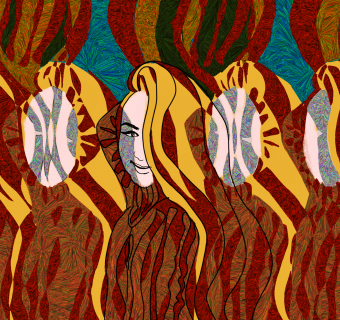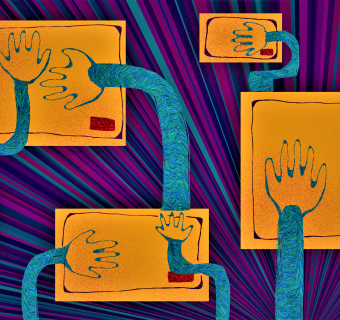Every sound wave is a pattern.
Every sound wave has its own frequency, a wavelength recreated over and over again.
We sit on your roof, listening as live music from the party down the street sneaks its way out the door, meeting us on your shingles. You and I mirror each other, lounging back and looking at the evening sky. Twins, nearly identical, but for a million intangible little reasons not quite the same.
For every repeating wavelength of a sound wave, there is a high point, the crest, and a low point, the trough. When two sound waves of the same frequency meet, but are out of phase with one another, the crest of one sound wave lines up exactly with and cancels out the trough of the other wave.
Our voices crashed over one anothers’, simultaneously drowning out the other and combining into a dissonant mess of accusations and excuses.
Neither one is heard.
It was only a few hours ago that we were arguing together, voices raised about something meaningless. Our voices crashed over one anothers’, simultaneously drowning out the other and combining into a dissonant mess of accusations and excuses.
We came up to the roof after we cooled down a bit. We try to understand each other a little bit better, even if you're already the person who understands me the best in this world. The sun sinks further beneath the treetops, dyeing the clouds shades of orange and pink.
“Do you want to play a game?” I ask.
This game tests us, not only on how well we know each other, but more precisely on how well we know how the other thinks. On how well attuned we are to each other.
When two sound waves of different frequencies meet they can sound dissonant. The intervals clash together and create tension. Think about the uneasiness and dread brought on by the repeated half-step of the iconic Jaws theme song.
We haven’t played this game in a long time. I’m not sure if it ever had a name, or if we’ve simply forgotten what it was. This game tests us, not only on how well we know each other, but more precisely on how well we know how the other thinks. On how well attuned we are to each other.
The rules are simple: two players count down from three, in unison. Then, both players say a word, which are often wildly unrelated. Without speaking to one another, the players must try to reach common ground, and end the next countdown with the same word. The game ends when the players are successful, or when they reach a predetermined maximum number of tries.
We count down together, our wavelengths readying themselves for their collision.
We like to challenge ourselves, to see just how quickly we can get on two separate beats. This time, we give ourselves three chances.
“3… 2… 1…” We count down together, our wavelengths readying themselves for their collision.
“Hamster,”
“UVA,”
And all at once we completely miss each other.
“I thought we’d be better at this!” I exclaim. If we had a nickel for every time someone asked if we could read each other’s minds, we’d have nearly enough money to cast ourselves in our childhood dream roles: starring in a remake of The Parent Trap. I laugh a little to myself, fondly remembering the time we pre-planned answers in order to trick our friends into believing that we could actually read each other's minds.
We weren’t on the same page, but we were definitely reading the same book.
“Okay, okay. Try again”
“3… 2… 1…”
“Ms. Stolen,”
“Gizmo,”
“You’ve got to be kidding me,” you say. We’d come so close to saying the same word and winning the game. We weren’t on the same page, but we were definitely reading the same book. I’d just yelled out our third grade teacher’s name and you’d said one of our class pets from that same year. I felt the anticipation build. Surely for this last try we could get it together. As we began counting, I held your gaze and tried to read between the lines on your concentrating forehead.
I cover my face with my hand and peek out at you through the prison bars I’ve made out of my fingers.
“3…2…1…” I panic.
“Butterscotch,”
“The other one,”
I cringe at myself, crinkling up my face and refusing to make eye contact with you for a moment. I cover my face with my hand and peek out at you through the prison bars I’ve made out of my fingers. I’d forgotten the name of Gizmo’s hamster friend, absolutely ruining our last attempt at winning the game.
“There’s no way that Butterscotch was the name,” I argue. You stare back at me in disbelief. We burst into laughter. My heart is full, even if you’re playfully annoyed at me right now. We are in tune with one another, even if we are sometimes completely different wavelengths.
Yes, sound waves can create dissonance when they come together. Or they can create harmony.
We are different in so many ways, but I trust that our wavelengths will always find their way back in tune with the other.

